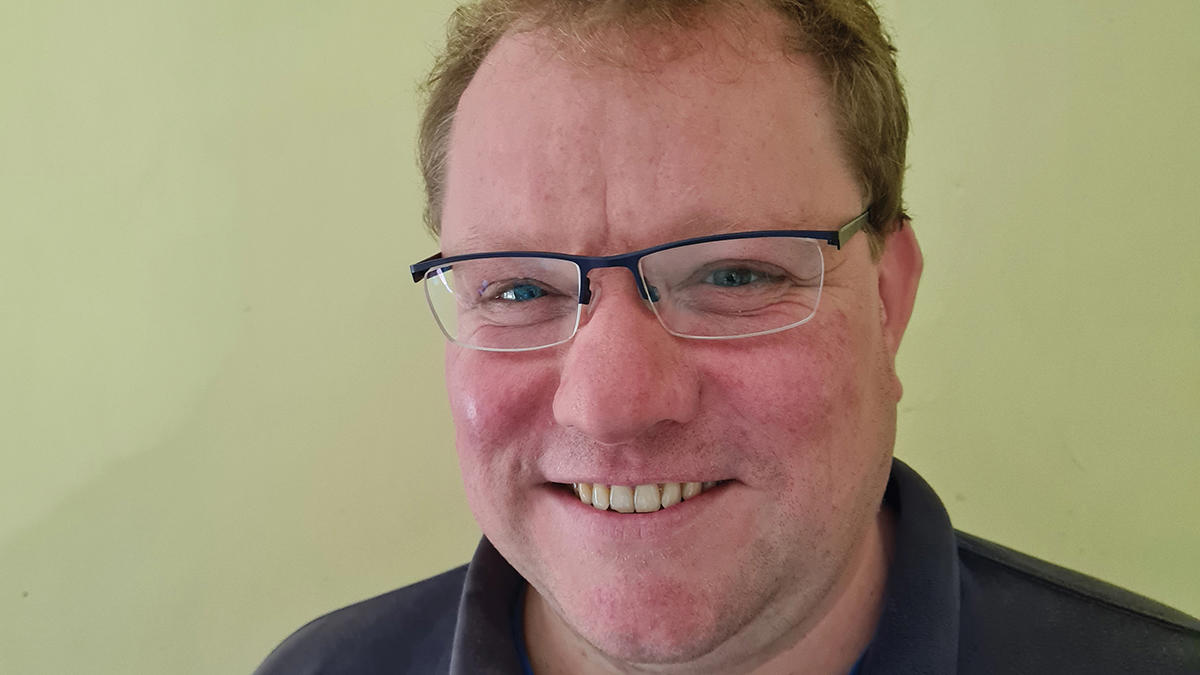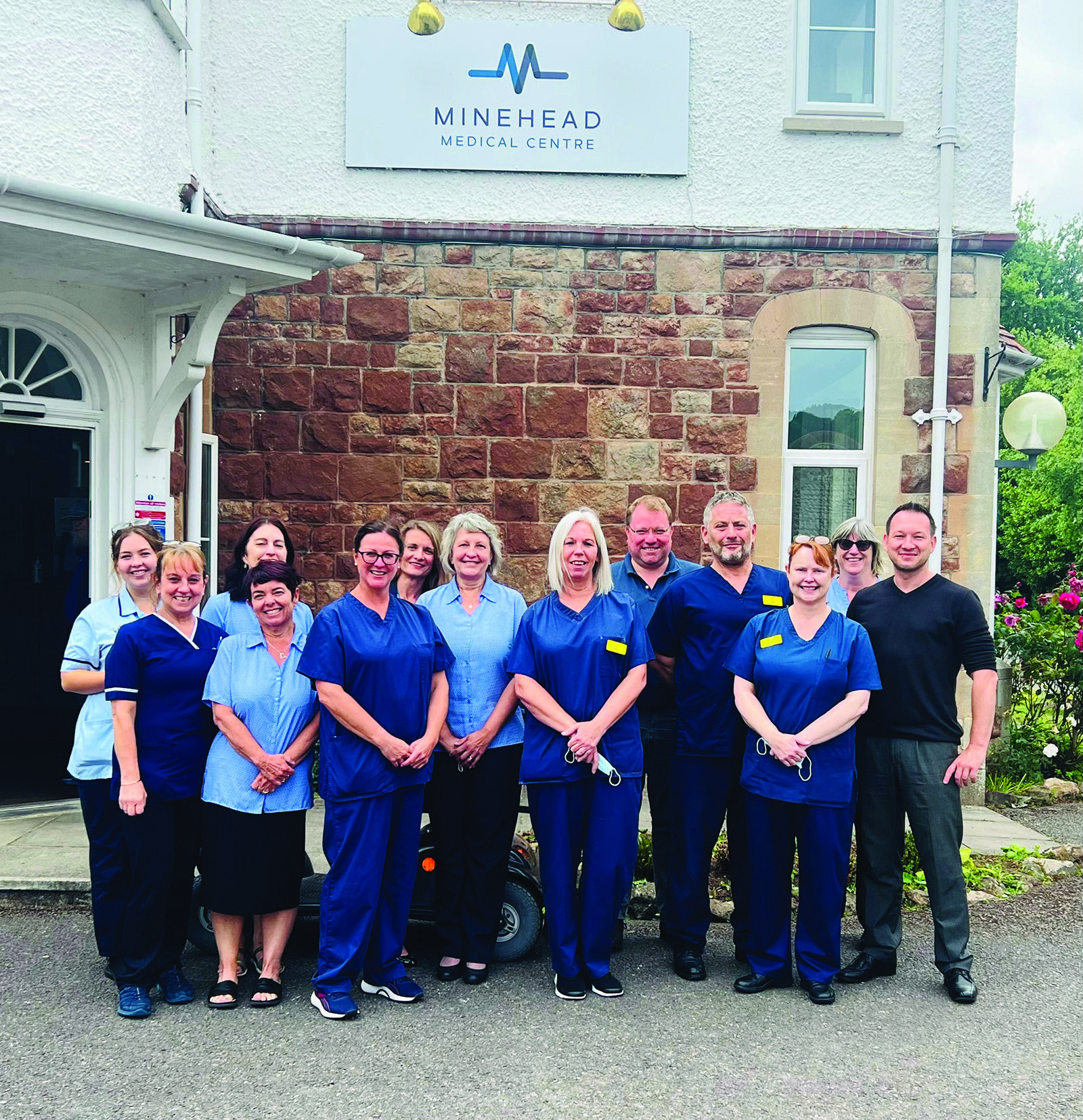‘The question was, do we want to sell up or do something different?’ Ed Ford, a GP at Minehead Medical Centre in Somerset, had been a partner for 16 years before he and colleagues faced a big decision about the future of the practice, which looks after a local population of 13,000.
With two of its three GP partners looking to retire, and many other practices in the area ‘struggling to maintain the partnership model’ owing to workforce pressures, Dr Ford and his colleagues opted for something in between the salaried and partner models, an EOT (employee-owned trust).
This ‘John Lewis-style’ model gives every member of staff shares in the company, granted automatically once they have worked there for a year. Of the practice’s 50-plus members of staff, five have been appointed trustees.
At least one trustee must be a GP, but in Minehead’s case two are: Dr Ford, and deputy medical director John O’Dowd. The other three trustees are the finance manager, practice manager and an allied healthcare professional.
I could probably earn more as a partner, but we are still being paid wellDr Ford
Dr Ford explains how ‘Somerset has historically been partnership practices’, but in recent years primary care organisation Symphony Healthcare Services, a subsidiary of Yeovil District Hospital and Somerset Foundation Trust, has taken on the operation of 16 surgeries at which GPs are salaried.
‘This wasn’t really the model I wanted to pursue for our practice,’ says Dr Ford, an ex-chair of Somerset CCG (clinical commissioning group) who acknowledged a similar shift in model up and down the country.
While maintaining the partnership model was ‘inconceivable’ in the current circumstances, Dr Ford notes: ‘Our staff didn’t want to be run by a faceless organisation. We didn’t want to rely on shareholders, and as partners we couldn’t hand it over.’
Easier decision-making
Minehead is believed to be the only individual practice in the country to operate an EOT model, though a group of surgeries in the north-west of England does so collectively. Dr Ford says the move has ‘empowered’ non-clinical staff.
Any remaining money at the end of the financial year can be spent, provided trustees agree, either on investment in the business, new equipment, more staff, pay rises or bonuses.
 FORD: ‘Our staff didn’t want to be run by a faceless organisation’
FORD: ‘Our staff didn’t want to be run by a faceless organisation’
Non-clinical staff can buy into practices through the existing partnership model, but Dr Ford says discussions often create ‘tension about how much practice managers and nurses are worth compared to a GP’ and believes ‘not many people will be daft enough to buy into a partnership in the current climate’.
However, that doesn’t stop staff wanting leadership roles and responsibility, he stresses. And this is something he says the EOT model offers.
‘Once you level the playing field and everyone has a share, it makes it easier for people to make decisions. If you are a pharmacist, say, in a leadership role, it becomes a lot easier because you don’t have to refer decisions to a partner.
You remove the issue... that if you retire you may be stuck with a business you can’t leaveDr Ford
‘In a partnership model, if you put people forward for these leadership roles, they would have to refer back to the partners who ultimately carry the can. We wanted all the staff to buy in and feel like they have a say in how the business is owned and run.’
For example, the reception team has already proposed changes to an infection control tick-box check list. ‘They can agree it with infection control, so they don’t have to wait for a partnership meeting,’ says Dr Ford.
And from his GP’s perspective: ‘The burden of having to be the one who everyone has to go to for every single decision has been lifted. If it involves the GP workforce, then obviously I’m still involved, but buying a bunch of flowers for a member of staff who is leaving – that doesn’t need my sign-off any more. Historically it did because ultimately that’s the partners’ money.’
Take-home pay
Minehead’s trustees believe the move to an EOT model will help it recruit more permanent GPs and reduce its reliance on locums.
There are five permanent GPs as well as five locums who usually deliver care remotely. Dr Ford says there has been success with non-clinical recruitment too. He admits he is ‘probably earning less’ than before.
‘My accountants have questioned it,’ he says. ‘But it’s a conscious decision. I could potentially earn more as a partner, but we are still being paid well. The benefit is that the money I earn is mine. I’m not having to keep my money in the business to keep it running. We always paid ourselves [partners] a conservative amount each month because we never knew exactly what was going to happen so always kept money in the business. This way, I know what I earn. What I take home is my cash, and that’s it. You also remove the issue you have as a partner, that if you retire you may be stuck with a business you can’t leave.’
So how does a practice make the switch? ‘The key thing is to make sure to consult with staff,’ says Dr Ford. ‘There’s no point trying to do this if your staff aren’t on board. You also need to communicate with the ICB [integrated care board] and engage with patient groups and the local community. Make sure they are aware of what you are doing.’
For their part, NHS Somerset say Minehead’s application to be an EOT, being the first in the region, ‘has been subject to a robust and thorough evaluation’ and is hopeful it will allow Minehead to ‘continue to provide its patients with the best possible care’.
‘Best of both worlds’
The latest GP workforce data, published last month, shows a continued gradual shift from partner GPs to salaried GPs.
In the year to August 2022, there was a 2% rise in the number of salaried GPs to 9,806, and a 1.9% fall in partner GPs to 16,764.
This is in the context of a 1.1% (313) overall fall in the number of fully qualified whole-time equivalent GPs, to 27,515.
 EMPOWERED: Staff at Minehead Medical Centre
EMPOWERED: Staff at Minehead Medical Centre
While BMA policy sees the partnership model as the ‘gold standard’, it states that salaried GPs should receive terms and conditions of employment which provide security of tenure, reasonable pay to reflect their experience, qualifications and work, fair hours of work, redundancy and leave entitlements as per the model salaried GP contract.
After Minehead was assured staff, patients and the ICB were happy, its lawyers switched the partnership to a limited company, then moved it to a trust model.
Dr Ford told The Doctor he is now more content in his daily work life and can focus more on the clinical work he loves than the business side he doesn’t.
He’s keen to share with GP colleagues that there is an alternative to being a salaried or partner GP. His analysis: ‘It’s always been the case that, if you are a salaried GP, you go and do your job then go home whereas if you are a partner you can end up flogging yourself but maximise your income. This way, you have the best of both worlds.’

